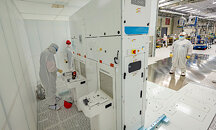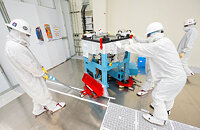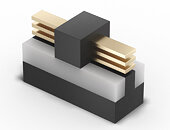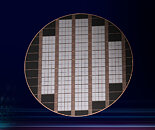
Intel CEO Expects Chip Shortage to Last Until 2024
In an interview with CNBC's TechCheck, Intel CEO Pat Gelsinger said he expected the chip shortage to continue to drag on, at least until 2024. Unfortunately he didn't go into too much detail as to why, beyond there being an equipment shortage, which in turn will slow down the speed at which new fabs can be put online. In other words, Intel is pointing fingers at ASML and other companies that manufacture the various types of equipment that is needed to manufacture semiconductors.
Intel is the first company to have publicly said that the semiconductor shortage will continue longer than initially expected, where most companies expected things to ease off towards the end of this year, or at least sometime in 2023. The shortage isn't likely to affect Intel when it comes to products the company manufactures in-house, but if the shortage continues into the foreseeable future, it might have a bigger knock-on effect when it comes to the wide ecosystem that Intel is reliant on, such as motherboards. The other concern is obviously Intel's products that are being manufactured by TSMC, where the company is likely to see increased competition when it comes to getting access to enough capacity at certain production nodes.
Intel is the first company to have publicly said that the semiconductor shortage will continue longer than initially expected, where most companies expected things to ease off towards the end of this year, or at least sometime in 2023. The shortage isn't likely to affect Intel when it comes to products the company manufactures in-house, but if the shortage continues into the foreseeable future, it might have a bigger knock-on effect when it comes to the wide ecosystem that Intel is reliant on, such as motherboards. The other concern is obviously Intel's products that are being manufactured by TSMC, where the company is likely to see increased competition when it comes to getting access to enough capacity at certain production nodes.













































